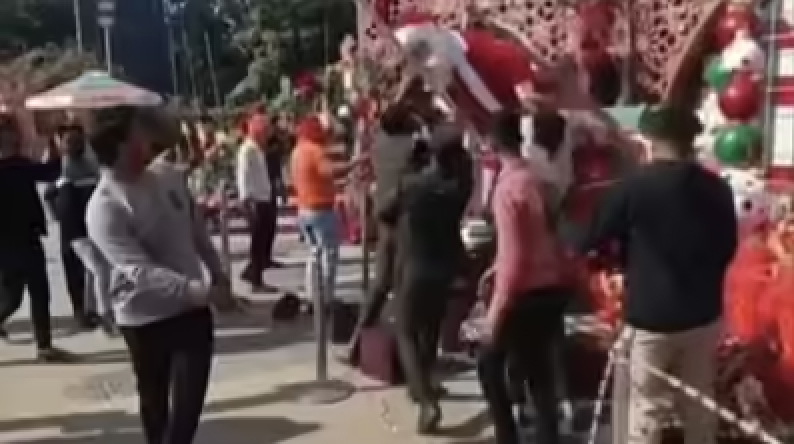By Arun Anand
At a recent function held in Bengaluru, Rashtriya Swayamsevak Sangh (RSS) chief Mohan Bhagwat talked about Sanskar Bharati becoming an influential art organisation and about how the RSS prefers ‘progressive unfoldment’ over revealing “the complete agenda in one go”. Both topics need to be discussed further to understand the RSS’ working.
As the RSS turns 100 in 2025, it’s an enigma to many how an organisation which doesn’t have a formal membership expanded so much, and that too without succession wars.
The secret lies in the structure and functioning of the RSS. It doesn’t fit into the straight-jacketed organisational theories. It has a fluid-like nature with a value system at its core. Anyone who joins an RSS shakha (a daily/weekly gathering of the RSS volunteers for an hour) becomes a swayamsevak (volunteer).
The RSS does only one activity and that is organising shakhas and preparing volunteers with a strong character. (Currently, it organises more than 60,000 such shakhas across India). Some volunteers stay back in the organisation to run this basic function, while others move to various fields where they want to work. Over time they have set up organisations, institutions, and various platforms in their area of interest where many people join them through lateral entry. They need not necessarily be the RSS volunteers.
This is what all six sarsangh chalaks, since its inception, have termed as ‘progressive unfoldment’ of the RSS work. To understand this term further one needs to understand the multi-layered thought process of the RSS functionaries.
This story was originally published in deccanherald.com. Read the full story here.






